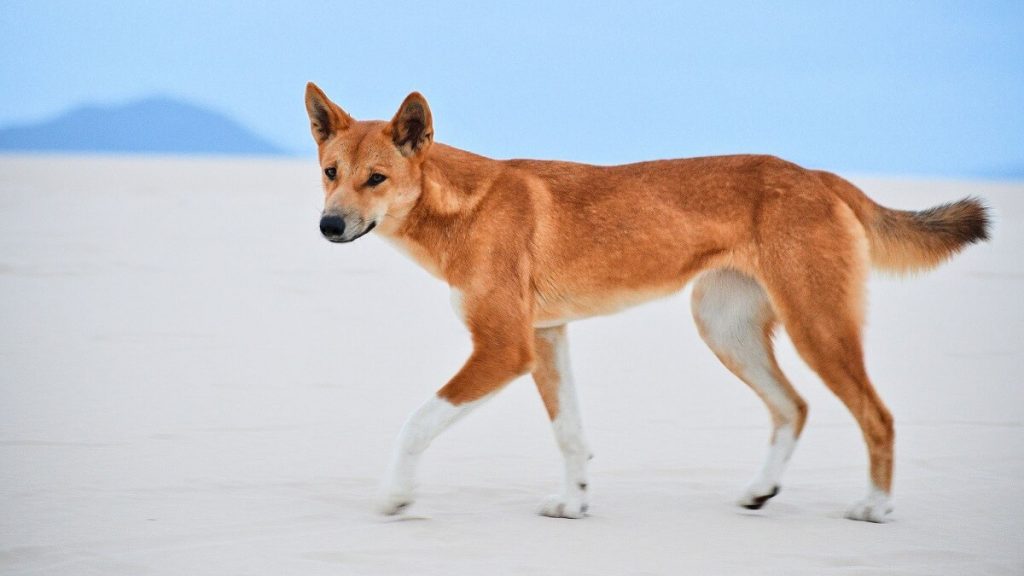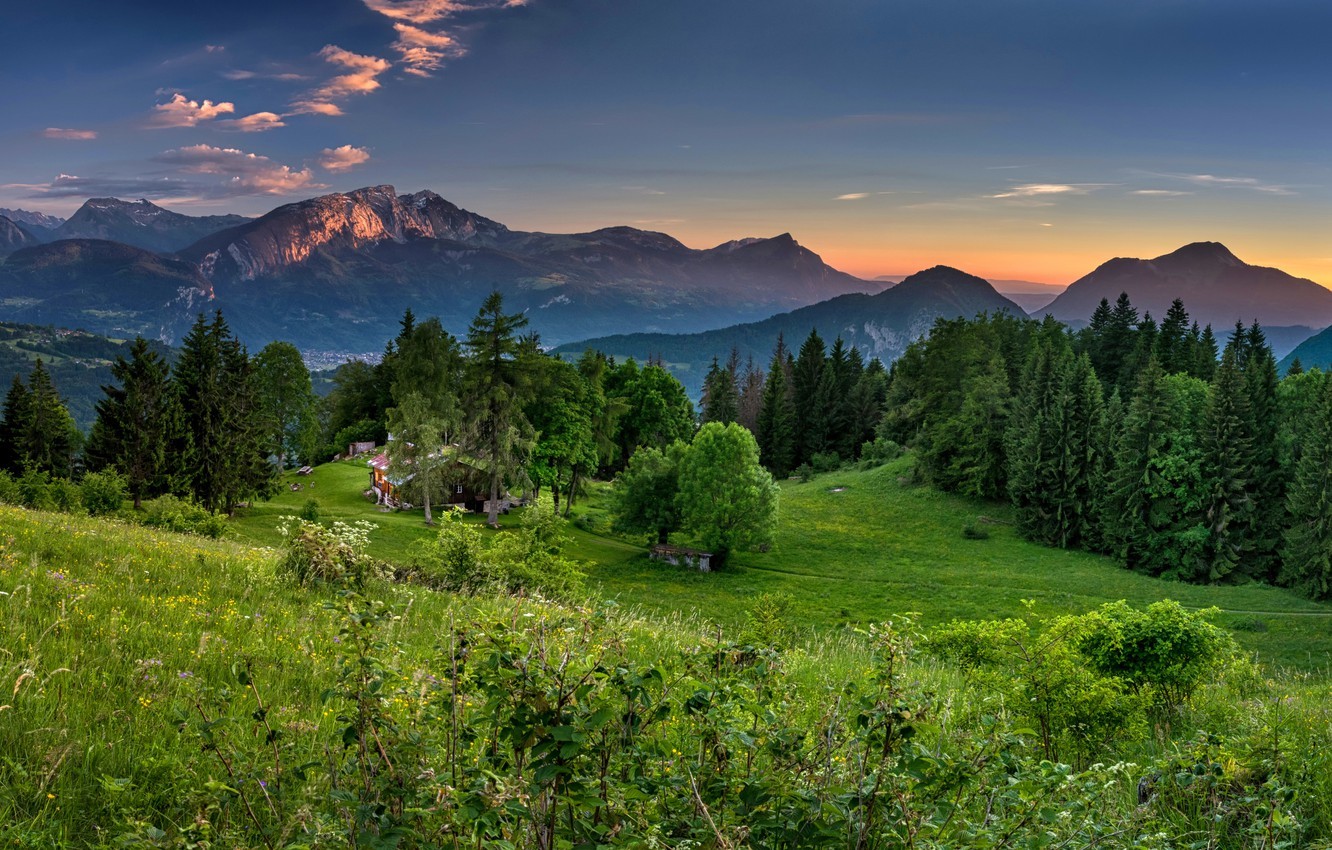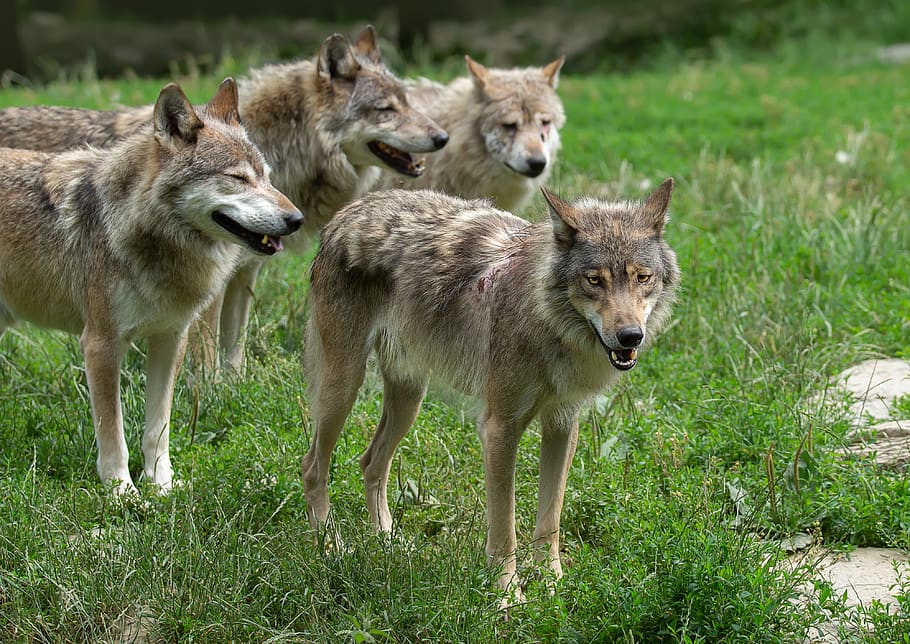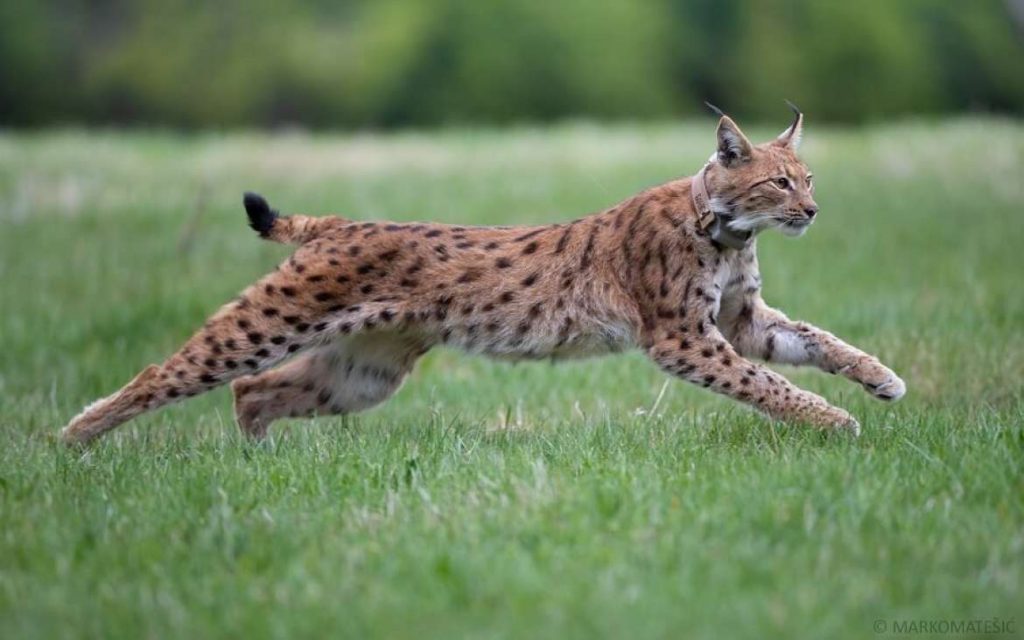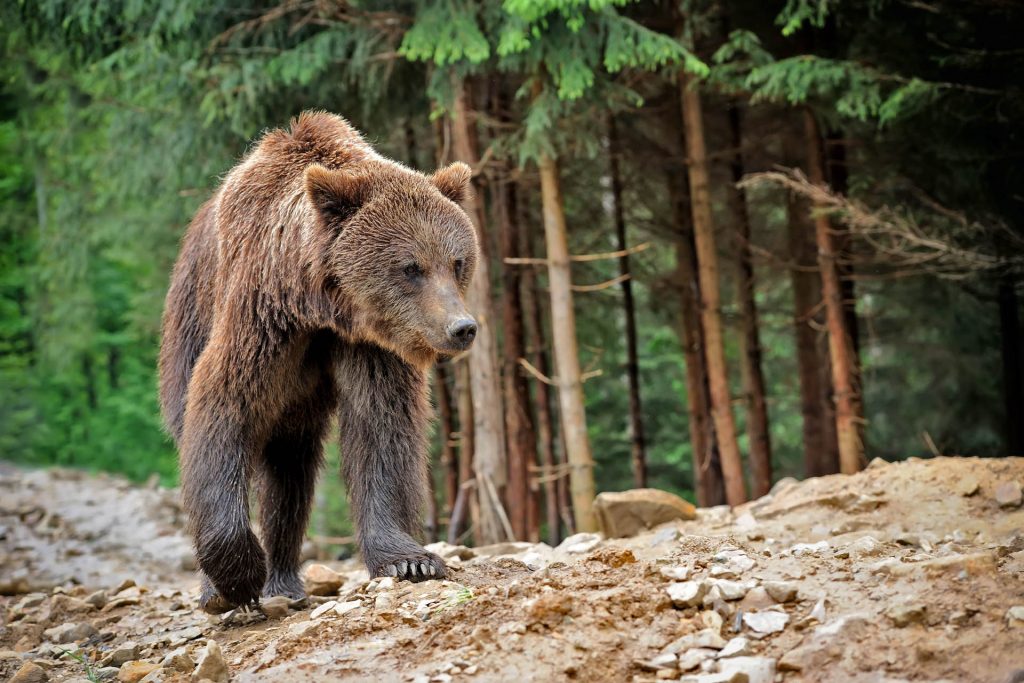Cop26 is essential, there is no doubt, however there is a similarly important threat that the world is facing, and if we are not careful we wont start fighting it until it is too late.
What is Kunming there to fight? It is there to fight loss of biodiversity. Biodiversity is essential for the well running of ecosystems around the world which can often collapse without enough biodiversity.
Indeed, it is actually a problem that Kunming and Cop26 have been split. What we need is for the two fights to be fought side by side.
I have written in the past, about the problems for the Congo rainforest that have been caused by the local extinction of forest elephants. Without many of the wild animals that exist in these landscapes the forests and peat lands and grass lands will fail, releasing their huge carbon stocks back into the air.
These two must be tied together

